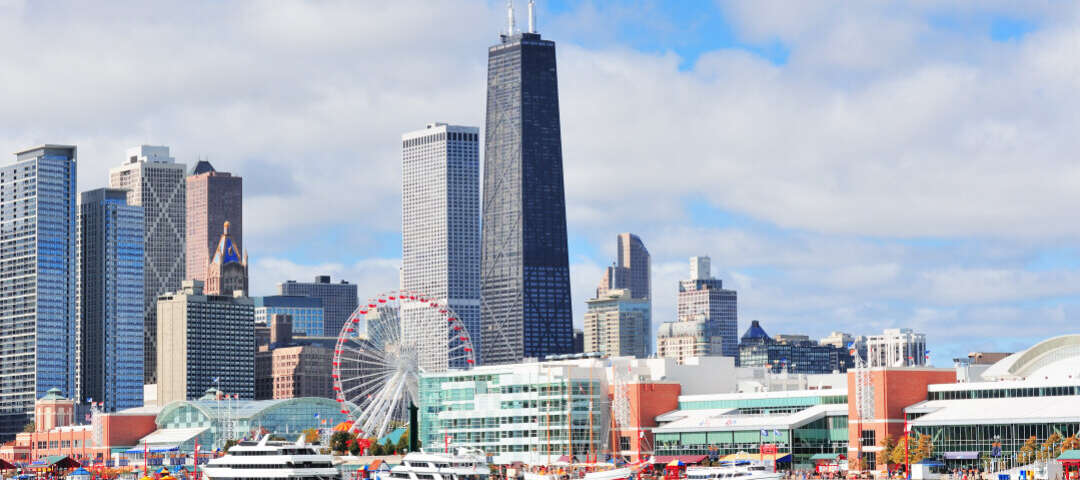If you're considering a move to the Illinois Medical District in Chicago, you're looking at a vibrant neighborhood that blends healthcare innovation with urban living. This area is renowned for its concentration of world-class medical facilities, including the Rush University Medical Center, the John H. Stroger Jr. Hospital of Cook County, and the University of Illinois Hospital & Health Sciences System. These institutions not only provide top-notch healthcare services but also bring a lively academic and research atmosphere to the district. For residents, this means easy access to some of the best medical care in the city, as well as potential opportunities in healthcare professions and education.
One of the standout features of the Illinois Medical District is its close proximity to Downtown Chicago, situated just a few miles northwest of the bustling city center. This makes commuting or exploring the heart of the city incredibly convenient, whether you're heading to work, catching a show, or enjoying the iconic lakefront. Beyond the hospitals and medical campuses, the neighborhood offers various green spaces and parks where you can unwind after a busy day. The area's development has included new residential buildings, trendy eateries, and local shops, creating a balanced environment that caters to both professionals and families alike.
Living in the Illinois Medical District means being part of a forward-thinking community with a unique blend of amenities. You'll find that the district hosts frequent health fairs, educational events, and community programs that foster a sense of connection among residents. The neighborhood's public transit options are excellent, with multiple bus routes and nearby train stations making it easy to navigate Chicago without a car. Whether you're drawn by the medical career opportunities, affordable housing options, or simply the chance to live in a neighborhood that’s evolving with a purpose, the Illinois Medical District has plenty to offer for newcomers looking for a dynamic and supportive place to call home.





